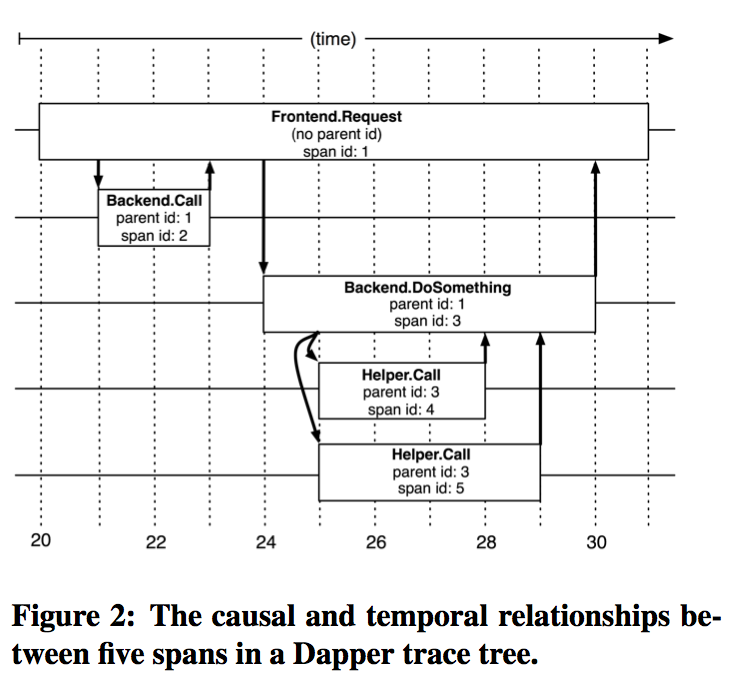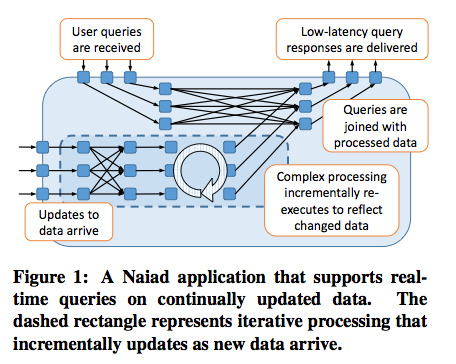How to write your research paper
The legend of Köroğlu I will start with a story of oppression and an uprising, involving a mythical horse in the process. Way to start a post about writing research papers, huh? In 16th century Anatolia, there was a corrupt and oppressor mayor in the Bolu state. The mayor one day decided that he should find and gift the best horse in the world to the Sultan. He contacted a very skilled horse breeder. The breeder said the horse that is deserving of the Sultan should be very special, and said none of his horses is worthy of this. He went on a quest for this horse himself. One day he saw some street kids abusing a feeble and awkward-looking foal. He immediately recognized the potential in this foal and bought the foal, and headed for the mayor's palace. The mayor got outraged, being the ignorant oppressor he is, he thought the breeder is mocking him by offering this weak awkward foal. The mayor immediately ordered the breeder to be blinded. The breeder had a young son, who beca






